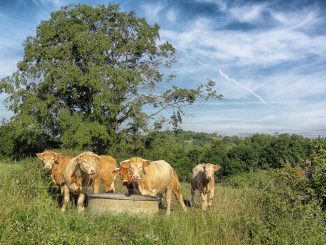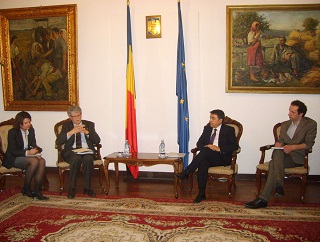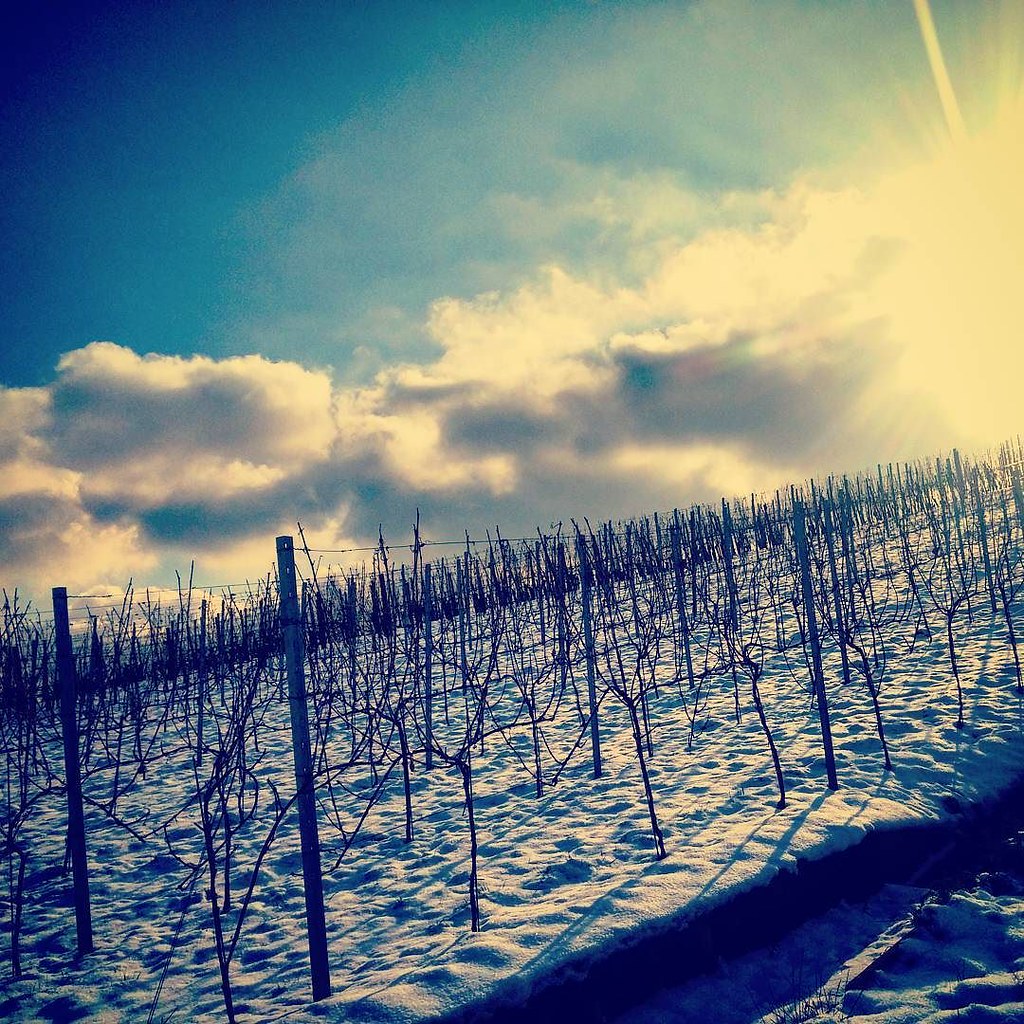
Although known for its beer, Germany has a long history of viticulture dating back to the Roman era. Wine markets have always been shaped by changing climate conditions such as the little ice age. The new climate reality is forcing many wine regions in Germany and across Europe to make large-scale adaptations to keep the winemaking tradition alive. Kyle Morrison reports.
By Kyle Morrison
Temperature plays a crucial role in wine production. Because heat dictates the beginning and the end of vine growth and grape ripening periods, temperature averages determine which grape varieties can be produced in a region. Higher temperature regimes across Europe have had, or will have, notable impacts on quality wine grape production in wine-producing regions. These changes will be especially evident in Germany, where grapes have in previous years been cold-limited.
Lower quality
Germany’s historically cooler climate has given it a reputation for lighter white wine varieties that thrive in lower-than-average temperature conditions. Eiswein, a delicate white produced from frozen, overwintered grapes, is an example of a premium German wine that relies on freezing temperatures.
However, with the IPCC projecting increases in average temperatures across all likely GHG emission scenarios, well-known German white wines, such as Riesling and Müller-Thurgau, may no longer be produced in the current quantities.
High-quality wine production is largely dependent on a balanced sugar-acid ratio and a regulated percentage of alcohol in the fermented product. With extended growing seasons and longer ripening times, white wine grapes will see higher levels of both sugar and alcohol after fermentation. These characteristics are generally not associated with German whites, which are famous for their crisp and refreshing acidity. Loss of these characteristics due to increased temperatures leads to a lower quality product and therefore reduced ability to compete in the global wine market.
Incidentally, warmer temperatures have also made production of Eiswein more difficult: none of the 13 German states had the freezing temperatures necessary to produce the wine in 2019.
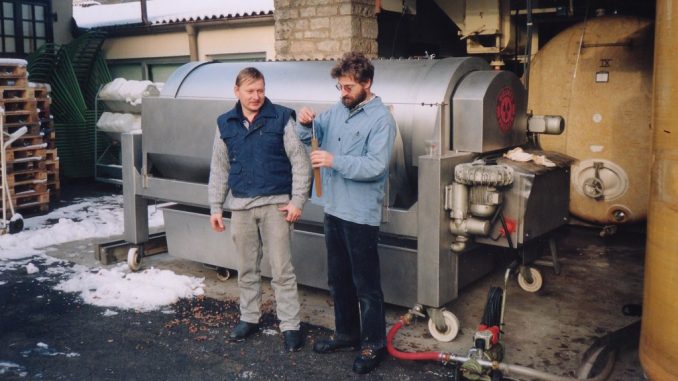
More uncertainty
Additionally, climate change has uncertain impacts on the level of rainfall within Germany and Central Europe, potentially increasing stress on grapevines. Given the greater chance of record heat waves, unpredictable precipitation levels can be devastating for grape production.
Regional climate models show potential periods of both excess and reduced rainfall, lending further uncertainty when considering potential adaptation strategies.
These developments are especially problematic when considering the changes to the German wine quality framework. The former national policy held strict regulations on the make-up of German-produced wine, especially levels of alcohol and must. With the passing of a new wine law, German wine production will transition to a quality system that is largely based on geographic origin, much like other wine-producing nations in Europe. These systems protect their regional wine territories by ensuring standard quality characteristics associated with a given location or terroir.
While designations of origin help promote local wine regions and can protect cultural traditions, reliance upon the regionalized standards of quality may increase farmers’ difficulties in the light of climate change. This is in part due to consumers’ increased recognition of regional names and the varieties produced in those regions.
As marketing of terroir relies on reliable wine characteristics from a region, rapid changes in critical wine climate factors, such as changing precipitation and temperature levels, can lead to inconsistent products and therefore lower revenue for vineyards.
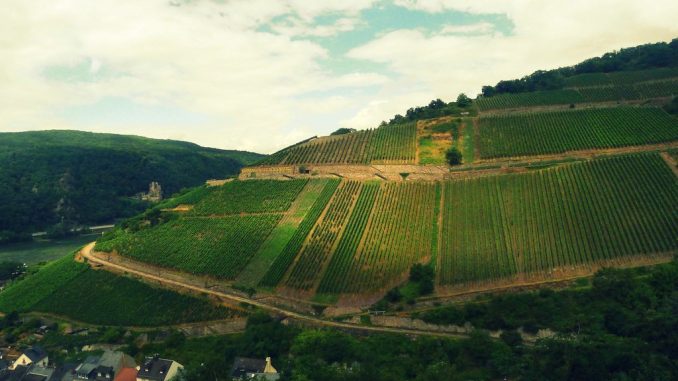
Adaptation strategies
To avoid loss of profits, winegrowers in Germany have begun to consider the changing climate conditions and what can be done to preserve their cultural tradition and way of life. As grapes take many years to grow, mature, fruit, and ferment, adaptation strategies must be planned well in advance to align with future conditions.
Farmers in the southern regions of Germany have already begun transitioning their wine profiles to grape varieties that are more suitable for the higher temperatures. Red wine varieties, such as Pinot Noir, Merlot, and Cabernet Sauvignon, will likely see higher production levels in Germany and become more available to consumers in Europe and abroad.
Additional adaptation strategies to reduce heat stress and overripening involve the shading of canopies, introduction of mist sprayers, and strategic orientation of new vine rows.
The changing German wine profile may further increase competition amongst more traditionally red wine-producing nations such as Italy, France, or Spain, where competition amongst wine producers is already fierce. These nations are also facing climate impacts of their own, potentially giving Germany an upper hand, as Germans see more northerly land become suitable for wine grape production.
However, Germans may also need to overcome hurdles as the consumer’s perception of German wine has strongly been associated with whites. Effective marketing campaigns that highlight the new changes to German terroir and climate adaptations are needed to overcome these biases.
Canary in the coal mine
Despite all of this, German vineyards are cautiously optimistic, according to a study published in Regional Environmental Change, as they have benefited from warmer temperatures in the past. Just how much they will benefit largely depends on their response to the new climate reality.
Nevertheless, the effects of climate change on the wine industry bring further questions of the future of other agricultural products and industries. Many farmers and policymakers look to vineyards as a potential “canary in the coal mine” to indicate how effectively a multi-billion dollar global industry responds to climate disruptions.
More on adaptation
The Myth of Climate Smart Agriculture – Why Less Bad Isn’t Good
Comparing Organic, Agroecological and Regenerative Farming part 1 – Organic
Regenerative Agriculture part 1 | Resources Must Be Replenished
Regenerative Agriculture part 2 | A Soils-First Farming & Food Policy
Regenerative Agriculture part 3 | Working With Nature, Not Suppressing It
More on Germany
Rural Dialogues | Landcare Germany – Bringing Farmers, Conservationists & Policymakers Together




